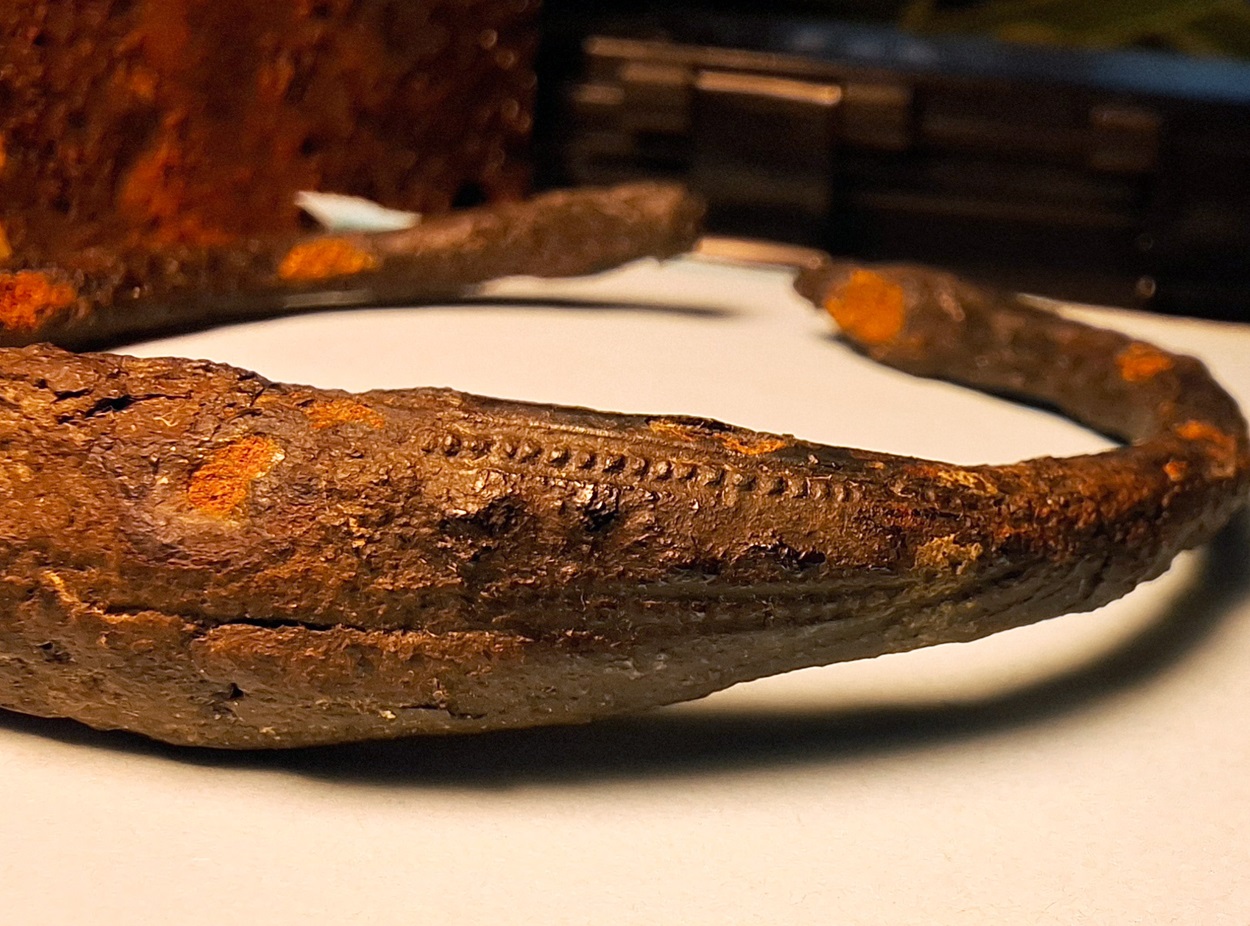An extremely rare Viking-era bracelet has been uncovered near Löt on the Swedish island of Öland.
Öland is the second-largest island in Sweden, which during the Viking-era was a major craft and trading centre with links to the southern and southeastern Baltic Sea area.
According to a press statement issued by the County Administrative Board of Kalmar County, a private individual recently uncovered the armlet bracelet in a wetland near Löt, which experts date to the Viking-era over 1,000-years-ago.
Open-ended bracelets from this period were typically made of silver or bronze. However, according to Karl-Oskar Erlandsson from the County Administrative Board in Kalmar, the Öland discovery is exceptionally rare because it is crafted from iron.
“Only three of over 1,000 arm rings in the State Historical Museum’s collections are made of iron,” said Erlandsson. Similar findings have been made on Gotland, but this particular bracelet variant has no matching examples for comparison.
The bracelet is extremely well-preserved due to the oxygen-poor environment of the wetland which helped prevent corrosion. Both ends of the bracelet depict animal heads and the length is decorated with intricate rows of dots.
“It could be a sacrificial bog that they made a sacrifice to the gods or higher powers. So there could be more objects in this wetland where we will investigate the surrounding area with a metal detector,” added Erlandsson.
Header Image Credit : County Administrative Board of Kalmar County
Sources : County Administrative Board of Kalmar County





